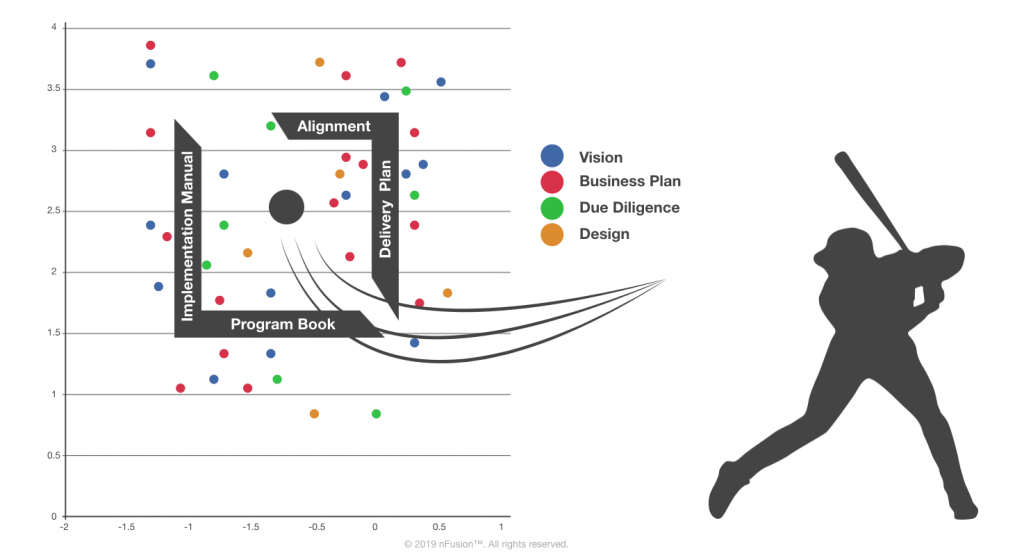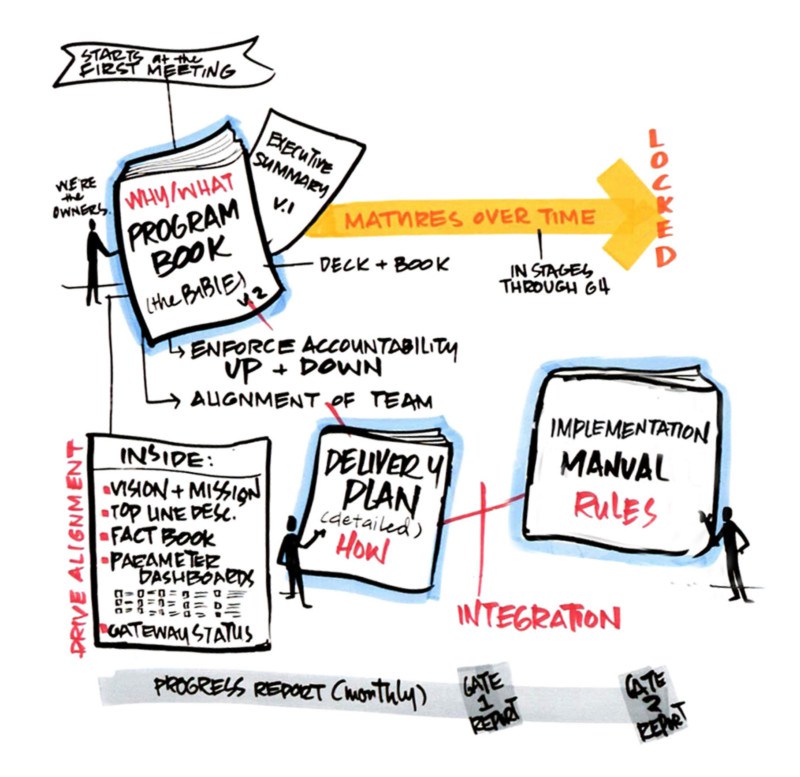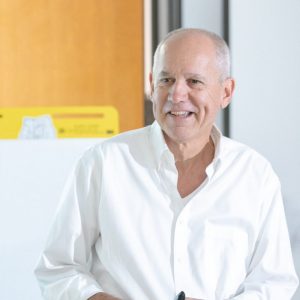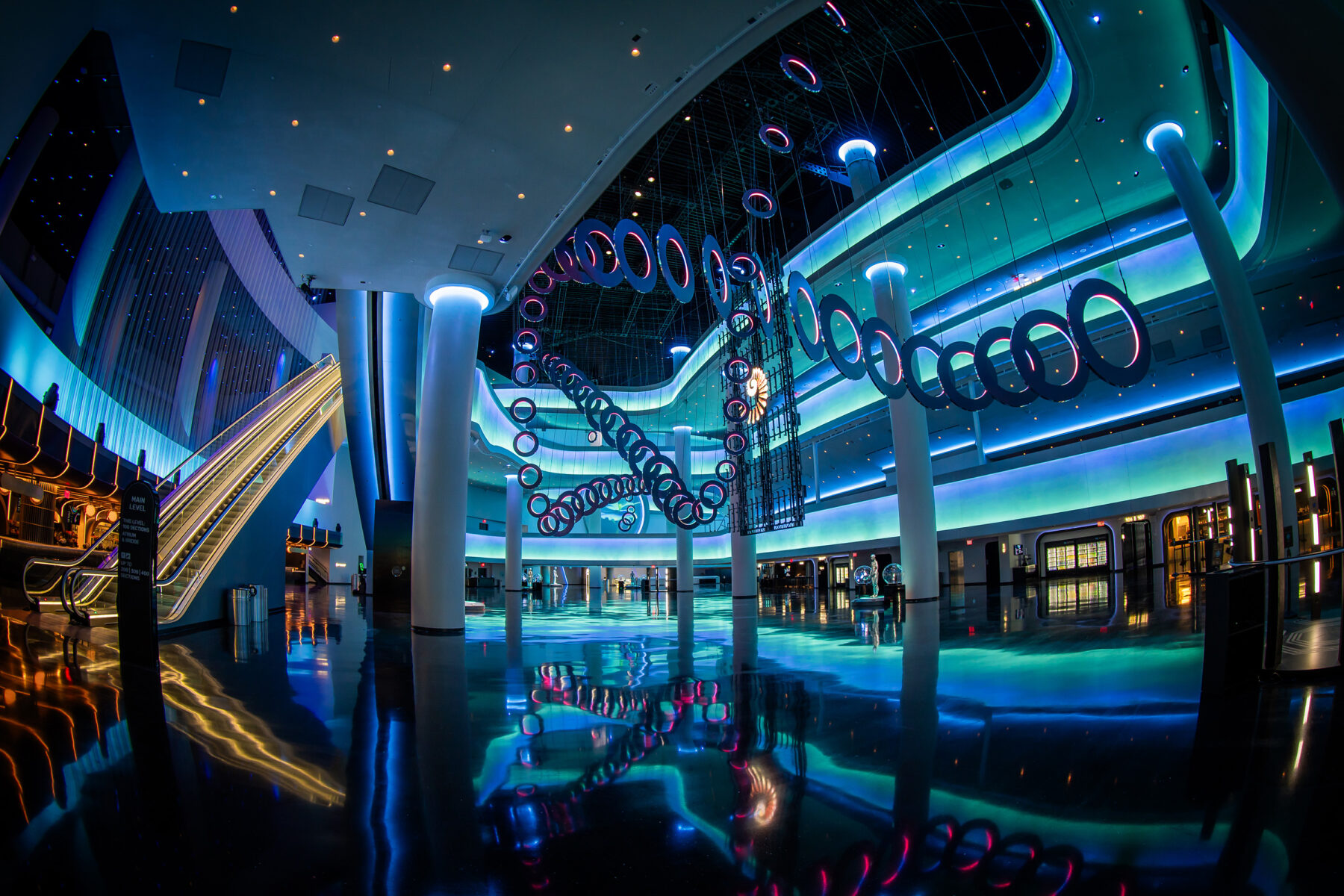Challenging the Status Quo of Theme Park Delivery: Connecting the Dots to Improve Strike Rate
In the business of developing a theme park and other themed destinations, many projects strike out in the very early stages. What's the solution?
In the business of developing theme parks and other themed destinations, many projects strike out in the very early stages. Only one in dozens that reach ‘kick off’ will actually make it to opening day.
Further, even if a development comes to fruition, if any aspect of a project falls out of alignment during the initial steps, it can end up costing millions later on in the process.
That said, there is a disruptive shift underway in themed destination development that affects the way all involved parties interact. This shift will improve the strike rate for the industry overall and maintain the alignment of projects moving forward.
The disruption begins with a clear understanding of project Gates, and the order in which these Gates must be addressed.

Gate 1 is the measure of a project’s feasibility.
Before crossing through Gate 1 of destination development there must be a period of time during which a project’s vision and ambitions are aligned with its economics and business model. After passing through Gate 1, there are often still years to go before opening day, and 99 percent of the total project cost yet to be spent.
With such a long way to go in terms of time and money, stakeholders often believe they can afford to be non-committal and have room to deal with many of the delivery risk issues later. In actuality, it is critical that even the early stages risks are carefully calculated, and concrete decisions for all aspects are made before moving forward with any aspects of the development in order to ‘connect the dots’ and prevent misalignment.

The Development Pathway
The development pathway for themed destinations varies significantly from other projects. This presents a unique challenge for new theme park developers. Since many first-time destination developers have a background in different types of real estate, there can be a bit of a learning curve that must be addressed and overcome at the start of the process.
For instance, a seasoned multifamily developer might move through an essentially standardized process of concept, due diligence, and construction, where the risks are self-evident, and the demographics inform the project specifics (unit number and size, amenities, etc.) with a straightforward correlation.
Theme park and themed destination development, by contrast, introduces many more variables and interfaces between the creative and the practical, so developers are tasked with defining parameters without stifling innovation.
The overarching causes of failure early in the process tend to fall into one of two categories, or are a mixture of both:

1. Stakeholders fall too deeply in love with a particular vision for a project.
Often this is accompanied by the idea of making the project grander, bigger, and better than anything else out there. This makes it difficult to scale the development to a particular site, demographics, and demand.

2. Stakeholders become blind to holistic thinking.
In this scenario, developers invest all of their time and money into what sits on top of the dirt, and not what is below the dirt. This is a grave error that can result in rapid project failure.
On the first point, right-sizing is key. Put simply, this process involves thinking through all aspects of a project to ensure they fit together, then setting the parameters and scope before spending millions of dollars.
This is of course more complicated in practice. For instance, a developer may have a report in hand that evaluates a location and competition from an assessor who specializes in themed destinations. Based on this document, the developer might presume that a project is feasible based on cap rate.
In fact, reports like these are predicated upon broad assumptions around the strength of the theme park or attraction concept its capital cost, land, infrastructure, finance, public and private partnerships required to make a destination a reality. All the underlying assumptions must be carefully assessed and correlated to right size the program.
For this to happen, developers must arrange for comprehensive program management that will guide all involved parties to complete the fine-tuning needed to ensure that a vision actually fits the site and all its intricacies, and is truly feasible.
On the second point above, stakeholders must realize that creative isn’t everything. Too many developers fall into the trap of spending precious seed money on beautiful renderings before ensuring a project is feasible. The creative vision must be carefully and realistically framed for the location for both the project team and external stakeholders.
This is not to say that there is no creative at the kick-off stage, but enough from each aspect – economics, site selection, budget allocation, intellectual property, brand strategy, and private or public partnerships, just to name a few – must be explored to determine overall feasibility first.
It is essentially connecting the dots – and further, making sure that the dots are held together by a clear, shared understanding – that creates a fabric strong enough to carry a project to completion.

Today’s strong and successful development teams have a shared vision, goal, and objective – as well as a clear process for communicating any and all changes.
By exploring all aspects, determining a set business plan, and defining communication and approval processes before crossing through Gate 1, development teams can protect themselves from striking out completely, or losing time and millions much later on.
The process of coming up with a business plan must involve deliberate upfront thinking on all dimensions to reach decisions on all points.
For example, while the actual remediation and mitigation of a site and its coordination might occur later on, an initial assessment of the land must take place before Gate 1 is crossed.
If the clean-up of a site is determined to be too complex and costly, but the design team has been working within the parameters of the site for months, a lot of backtracking is required – and money goes down the drain.
Having a set of core documents is essential to achieving a shared understanding throughout the entire development process, and ultimately maintaining alignment.
We’ve broken it down into three essential and distinct documents to govern the process below
- Program Book: This documents two important factors – why the project is being developed and what is the scope. This will include a rough outline of a timeline –key dates.
- Delivery Plan: This contains how the project is delivered, including a detailed work plan and schedule.
- Implementation Manual: This lays out the rules and protocols for the entire development process, through opening day. This includes which design tools and software as well as communication and documentation conventions are used and what approval processes to follow.

Fundamental versions of these documents should be completed before passing Gate 1, and they should be fully fleshed out by Gate 2, when deliverability is determined and project funding is committed.
By understanding the common pitfalls that arise in early theme park development stages and how to overcome them, developers have a much better chance of improving their strike rate and bringing their theme park to fruition.
The path to Gate 1 is an essential time period during which the difficult decisions are made to align a strong, shared vision, economic feasibility, brand, site selection, budget, and many other components. By approaching this Gate with proper planning and foresight, stakeholders will disrupt the current development process to align the delivery to the vision, thus saving substantial costs, and putting their project on track for success.
About Nassal
nFusion is a Program, Cost, Design, and Specialty Construction Management firm that specializes in destinations, attractions, and experiences including theme parks, resorts, mixed-use properties, cultural exhibits, brand experiences, family entertainment centers, themed restaurants, and retail centers. The firm’s primary objective is to deliver destinations. From the figment of the imagination to the fireworks on opening day, nFusion’s expert program managers develop and manage the roadmap, fuse diverse talents to align the program and team, and guard the viability of each project’s vision. World-class clients include Disney, SeaWorld, Halul Real Estate, Fort Edmonton Park, and CJ Entertainment. Contact nFusion at https://managedbynfusion.com/contact-us.


